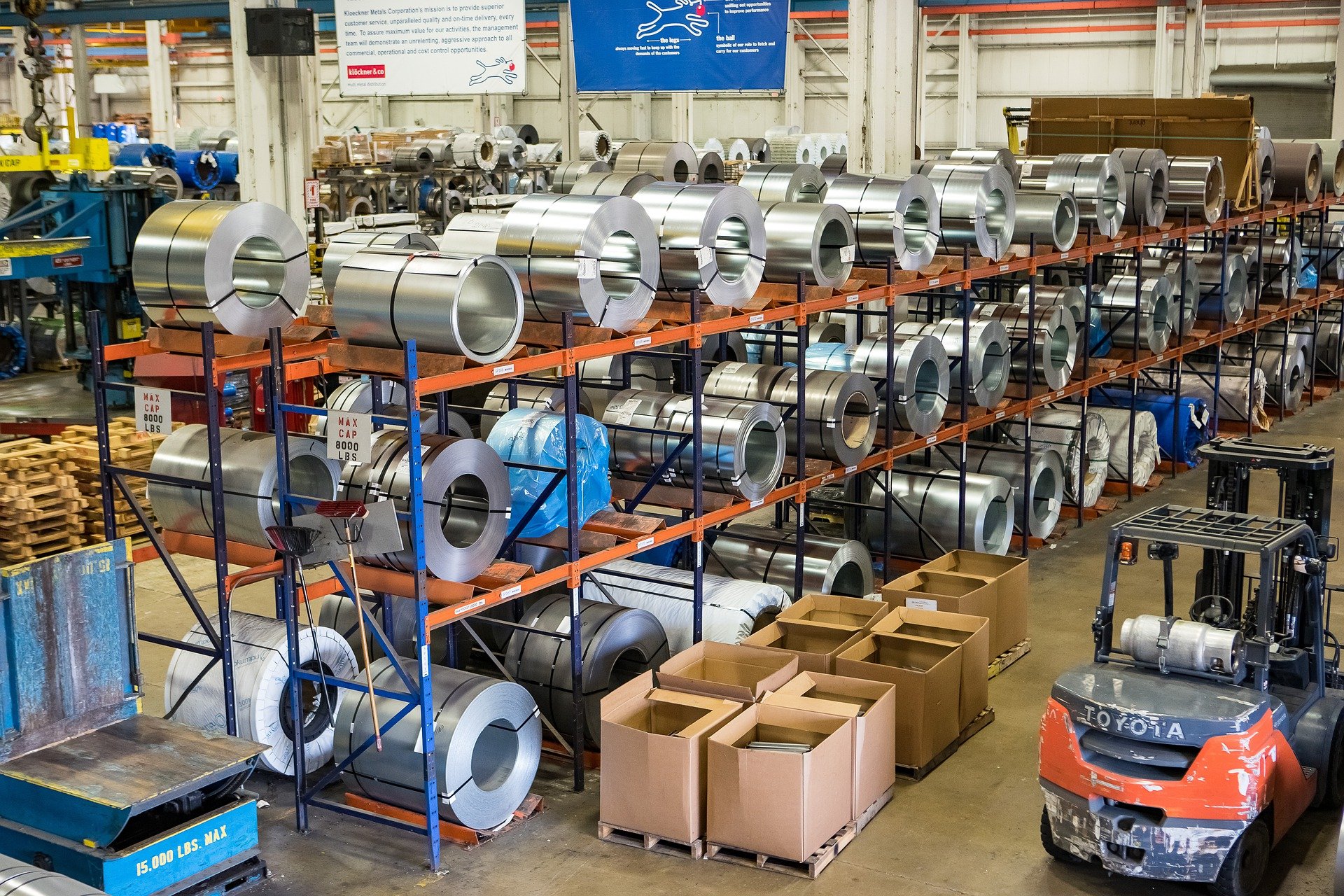The world is getting connected at a scale unimagined before. Every individual walking on the road, every device that accompanies the individuals and every machine that is running in the smart factories is on the verge of getting connected to the internet. Just everything on the earth that can run on electrical power is getting tied by the fabric of the data-driven web. Today enterprises and governments have complete visibility into who is doing what in which location at what time. Data-driven economies have already caught momentum in the tech-savvy world and the paradigm of data analytics knows no limits to its growth.
Connected healthcare devices give 24/7 insights into the health status of the gadget users. Any deviation from the safety range is enough to trigger an alert with the user and the doctors. Connected homes keep a tab on the safety and security of the homes. Any anomaly or intrusion alerts the police, hospital and fire department, based on the circumstances. Connected factories provide insights into the performance of the machines and any deviation from the usual trends quickly swings the predictive maintenance procedures into action. Have you ever wondered why connected infrastructure must be limited to electrical equipment? Why should only the machines be intelligent enough in a society where almost anything – yes, anything – can get connected to the internet of things (IoT)? In case you are still not getting what I am saying, nature holds an immense potential to grow intelligent – in terms of IoT and analytics – and be a part of the connected civilization.
There are enormous possibilities when it comes to making the entities of nature smart. Imagine a tomorrow when the trees in your garden will inform you of the exact nutrients that it is lacking and maybe it will also order the nutrients online autonomously. Or visualize a tomorrow when the lakes of the world will object to the influx of effluents and will demand immediate action from the activists. Or think of a future when the silent air screams aloud the moment it begins to choke and also thanks you if the pollution levels go down. This is going to be the new reality as the world grows more connected with the passage of time. Let’s have a sneak peek into the connected future of tomorrow.
Connected Trees that call for action
Think of the boulevards in your town, or the expanse of the woods in your locality, or even the lush forests that have their dominion over vast stretches of land. It gets indeed tough to keep a track of each and every tree in that vastness. The forest authorities and maintenance departments cannot look after each and every tree, or shrub, or plantation that exists in a horticulture area. And even if they would like to do so, it will be a very cumbersome process for a botanical expert to examine every element of flora and identify the possible issues with them. Worse, sometimes the horticulture experts may not even be able to detect any issue with the plants, until one day it is too late. Moreover, common issues in the soil or in the air quality can impact a vast stretch of land that can play havoc with the vegetation in that area.
This is where connected trees can emerge as pioneers of environmental protection and management. Suppose we connect all trees tomorrow with sensors that keep checking the moisture level in the trunk, the girth of the trunks and the growth rate of the trees by calculating the change in altitude of a particular point of the tree over a period of time. Obviously, there will be many other sensors too in place. For example, an imaging tool will be installed close to a group of trees and images after every fixed interval of time will be sent to a backend cloud server. Now each time a tree faces issues with its growth and with its health, the IoT sensors will sound an alert and the horticulture authorities will get into action for taking adequate care of the plagued tree. Moreover, image analytics will identify which tree is showing signs of fungal growth, or signs of parasitic plants decimating them. Image analytics can act like the third eye of the horticulturists and therefore, keep a continuous watch on the environmental parameters around the trees. Any kind of anomaly in the environment will trigger an alert for the authorities to take notice of. And yes, the forest authorities won’t have to bother about inspecting every kind of plant, since the computer vision and IoT technologies will take up that responsibility. The authorities will be required to only attend to those plants that are highlighted by the horticulture management system, thereby saving time and financial resources for the government.
The horticulturists will then simply don a virtual reality headgear and will watch a visual of the affected area in a VR realm. This will offer them an immersive experience of the affected area, which will help them understand the issue better and also find out the solution quickly. GPS coordinates of the location will be shared on a mobile app, and with just a single click of a button, the app will provide in-forest navigation using GPS, so that the horticulturists reach the exact spot of the problem, rather than struggling to find the area that they had just visualized.
Water Bodies will go (a)live!
Today, the water body management authorities have to invest a lot of time and resources in continuously checking the quality of water at various checkpoints in a water body. Keeping a track of the health of the bound water bodies, like lakes, ponds and backwaters, is still possible. However, flowing water in rivers and brooks pose additional challenges as there have to innumerable checkpoints on the path of the stream. Having such a large workforce of scientists to keep checking the water quality is certainly going to be a cumbersome and any process relying on this approach is destined to suffer from loopholes some or the other day.
Connected water bodies are the solution for this menace. Sensors to monitor pH levels of water, the biological oxygen demand levels and the concentration of various minerals and chemical compounds will help to keep track of the water quality at all places. These sensors will be tied to the bed of these water bodies and will relay information on a daily basis (or even better, hourly basis) to the backend operators. In case the parameters cross a particular threshold and enter a danger zone, the authorities will be alerted and the immediate action will be triggered. The backend autonomous system will form a team of scientists based on their skills, qualification and availability for initiating the anomaly management process. The concerned government bodies and the stakeholders, along with a few think tanks and activist groups will be notified too, so that they can build pressure on the authorities, demanding action. And not for a moment I mean to say that this technology will be limited only to natural water bodies. Even the dams, artificial lakes, community ponds and other water reservoirs will be connected, and the citizens who are stakeholders in the health of that water body, will be regularly notified on the water quality and other hygiene parameters. This will lead to complete transparency in the management of the public services and citizens will be able to call for action in case they see inaction for a long period of time, in the form of parameters worsening over time.
Air begins to speak
Air pollution in cities, and now also in towns, is increasing by the day. And just because the air is silent doesn’t mean that we keep on inflicting damage to it without any halt. In the near future, we will have air quality sensors installed across the city, atop the city buildings, on the traffic lights and also on the street lights. These sensors will keep tracking the levels of toxins in the air and the particulate matter concentration. Any case of threshold getting breached is enough to trigger an alert among the government authorities, think tanks and the citizens. The citizens will directly get notification on a chat window of their public services app with all the precautions detailed out for the day. And the data on air quality will be published on a backend cloud database, which will be accessible for reading to the entire internet-savvy population of the world. The systems will allows transparency and visibility into the environmental parameters maintained by a country, so that the government does not hide any data. Of course, it will require the government not to tamper with the sensors and not to censor the outgoing data. Proper checks and measures will have to be implemented by an overarching international governing body to oversee the undisturbed performance of the sensors.
Drones will be dispatched autonomously and they will take aerial footage of the city or the town to gather more insights on the situation. The drones will also collect air samples to be brought back to the laboratories for further scientific investigation into the matter. All the results from the investigation will automatically get fed to a blockchain network and the ledger will be available with read access to the rightful stakeholders across the world. Even students and academicians will be able to conduct analytics-driven research on the open datasets attained from these affected places, which will drive open research on these pressing matters.
Massive Citizen Action for Change
Such connected environments are certainly going to spur collective action from the citizens and are going to make people conscious of their daily choices. When people get daily statistics on how their consumption patterns are impacting the environment, they will end up undergoing a mindset change. With increasing number of people changing their habits with each passing day, the connected environments will usher in an avalanche of transformation and will drive change not from top to bottom, but bottom-up. The consumer’s mindset will change, and so will their preferences, which will alter the products that companies sell in the market. A clarion call for sustainable practices will grow stronger by the day.
It may also be possible for the connected ecosystems to launch their own social media campaign, urging people to push for immediate action on the pressing matters. Don’t be surprised tomorrow if your nearby forest launches a campaign on Facebook or Instagram, inciting public uproar over the injustice being done to it. Yes, even trees can go social and viral with their posts tomorrow.
In a nutshell
Connected paradigms are going to democratize data and are set to make the stakeholders more informed of their choices and the environment around them. Connected environments will certainly be able to manage themselves autonomously, will be able to talk to their human friends and will also reduce the cost of maintenance. At the same time, they will also drive community action and will help keep a track of the impact of human consumption on the environment. The nature will talk to us and will reprimand us for any harm done to it, not to forget the appreciation and gratitude we will get in case we mend our habits. The environment of tomorrow is all set to be connected.











